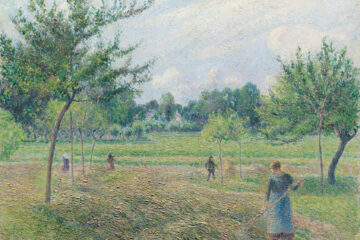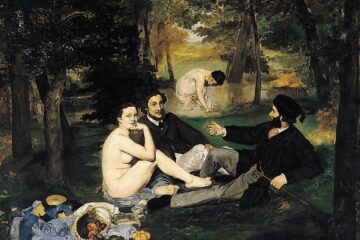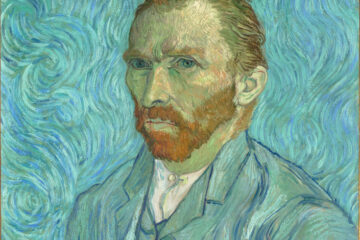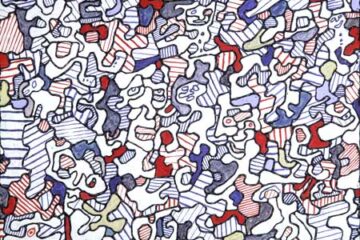Unsettling texts are part of the story of an unsettled people. They are designed to provoke multiple points of view, which is how we find our way home. View the study sheet here. Watch the recording here.
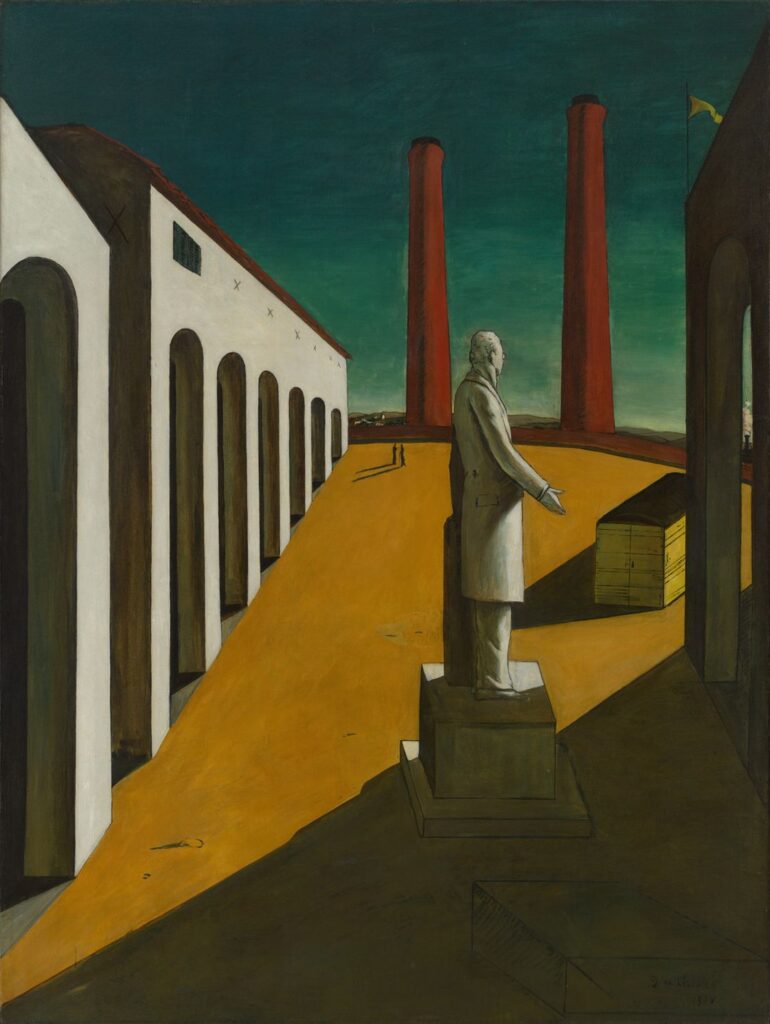
Tents on city sidewalks. Vacant downtowns. Empty office space. Familiar restaurants now closed. Violence that haunts city streets, erupting into one mass shooting every day somewhere in our country. The urban landscape has changed dramatically, and with a speed that makes life as we knew it five years ago seem like a distant past. We long for what we had and step into the future with uncertainty.
In 1909 the artist Giorgio De Chirico, recovering from an intestinal illness, was sitting on a bench in the middle of the Piazza Santa Croce in Florence. He was, as he described it, “in a near morbid state of sensitivity.” He looked around at the familiar setting and experienced a profound disorientation: “The whole world, down to the marble of the buildings and the fountains, seemed to be convalescent….I had the strange impression that I was looking at all these things for the first time.”
That experience of the world as convalescent inspired De Chirico to create over the next ten years several paintings, known as his Metaphysical Town Square series. All of the paintings in the series describe desolate city centers, virtually empty of human beings. The scenes convey a time outside of history, lacking any marker of a clearly defined period. Mystery. Loss. Current human accomplishment displaced by a pivot to symbols evoking a former glory.
Presented here is The Enigma of a Day, which De Chirico painted in 1914. It is a curious blending of the classical and the modern. It borrows from innovations developed by modernists such as the Cubists and anticipates themes later developed by the Surrealists. Yet, it also pays homage to shapes and constructs found in classical art. Perhaps he was trying to merge two worlds at a moment in history when everything people in Western Civilization knew was about to fall apart, in trenches and clouds of mustard gas.
De Chirico’s paintings urge us to purge ourselves of the certainty of the world that had become ascendant with the scientific revolutions of the 16th and 17th centuries and the industrial revolutions of the 18th and 19th centuries. “What is especially needed,” he wrote, “is great sensitivity: to look upon everything in the world as enigma. To live in the world as in an immense museum of strange things.”
Parshat Shemini is full of strange things. Up to now, Leviticus has been a recitation of protocols for service in the Mishkan. That focus of bureaucratic detail is shredded by an offering of strange fire by two of Aaron’s sons, Nadav and Abihu, and by an even stranger fire from God which destroys them. The world of certainty which the system of offerings had presented collapses in the face of Nadav and Abihu’s single gesture of devotion.
In the moment, Moses seeks to find meaning in the disaster. Aaron remains silent. Centuries of commentators ply the text to craft a coherent description of God as a source of justice and mercy. Yet, a search for coherence is ultimately driven by a desire for predictability, certainty…perhaps even control. And that runs counter to the very narrative that gave birth to the enduring journey of the Jewish people. It is a narrative that we told just this past week around our Passover tables, with its many questions and multiple voices.
Torah is a tale of an unsettled people and of a God dislodged from any single site. How could its story not consist of unsettling texts? The strangeness we find there is less to be solved than to be a source of provocation for us to respond to all around us with ever greater humility and sensitivity: “to look upon everything in the world as enigma. To live in the world as in an immense museum of strange things.”
Join us here at 7:00 p.m. (PT) Thursday April 13 as we explore to give thanks for strangeness.
Oil on canvass The Enigma of a Day by Giorgio De Chirico



